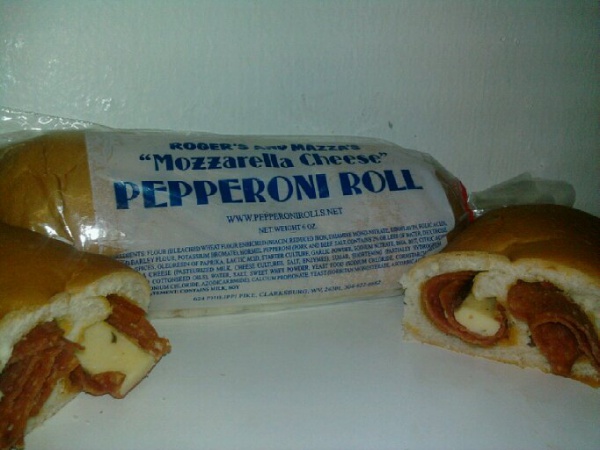Facts About Pepperoni roll
The pepperoni roll is a cherished snack in West Virginia and the broader Appalachian region. Its origin traces back to 1927, at the Country Club Bakery in Fairmont, West Virginia. Initially designed as a convenient lunch for coal miners, the pepperoni roll features a soft, white yeast bread with pepperoni baked inside, releasing a delectable spicy oil as it cooks. Over time, inventive variations have emerged, incorporating different cheeses, peppers, or even alternative types of pepperoni.
In 1987, the pepperoni roll faced a significant challenge when the USDA proposed classifying bakeries that made them as meat processing plants, potentially driving many out of business. Fortunately, U.S. Senator Jay Rockefeller intervened and successfully safeguarded the industry.
The allure of the pepperoni roll even extended to the U.S. military. In the early 2000s, a version was included in MREs (Meals Ready-to-Eat) for troops and eventually became part of the First Strike Ration for specialized military units. These rations were used during Operation Enduring Freedom and were produced by a company in North Carolina.
The pepperoni roll's heritage is deeply connected to the mining communities of West Virginia, yet its popularity has expanded far beyond. Its compact size, nutritional value, and convenience make it a favored snack and meal option, whether for civilians or military personnel.

 Mexico
Mexico